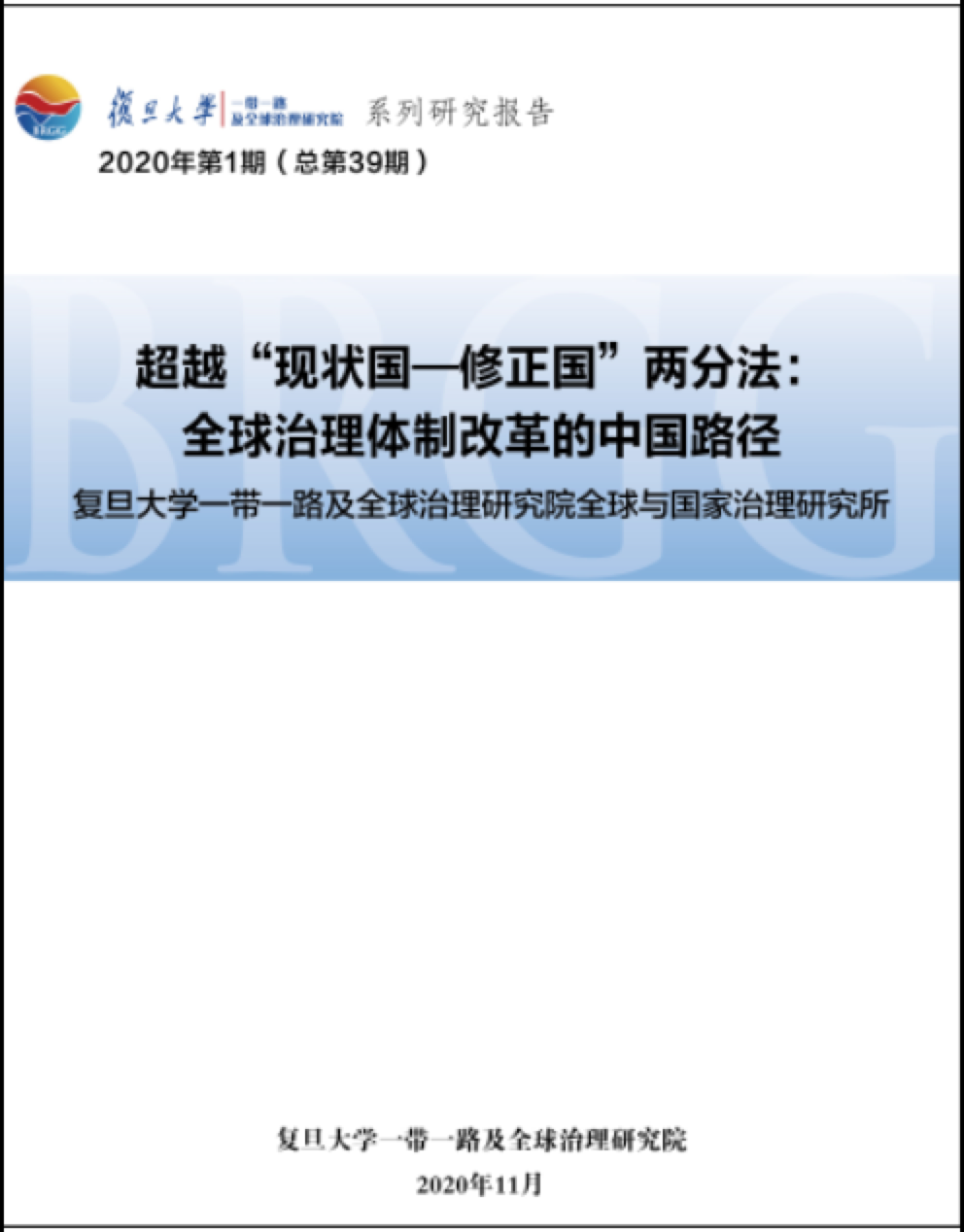
With the acceleration of China's rise, institutional reform to promote global governance has become an important part of Major Country Diplomacy with Chinese Characteristics.
According to whether to create a new international system and whether to reinterpret and implement the existing international institution, Chinese approach of global governance system reform can be divided into four types: substitution, superposition, transformation and avoidance.
Why does China take a different type of reform approach towards the US-led international institution? Based on the"gradual institutional change theory" of historical institutionalism, the report proposes that the veto power of the hegemonic United States and the flexibility of existing international institution led by the United States are the two major conditions accounting for Chinese different reform approaches.
It also explains the differences in the reform paths of the international institution adopted by China since 2008 in four fields: sovereign credit rating, international monetary system, regional trade agreements and multilateral development banks.
In the field of sovereign credit rating, Due to the United States’s strong veto power, the weak flexibility of sovereign credit rating system, prompting China to adopt an evasive reform path.
The United States has a strong veto power in the field of the reform of international monetary system, and the SDR itself is relatively flexible, which makes China choose the superposition reform path.
In the field of regional trade agreements, the United States has weak veto power, and the TPP itself lacks of institutional flexibility, which makes China choose an alternative reform path. In the field of multilateral development banks, America's veto power is weak, while the world Bank system itself is relatively flexible, which makes China adopt a transformational reform path.






